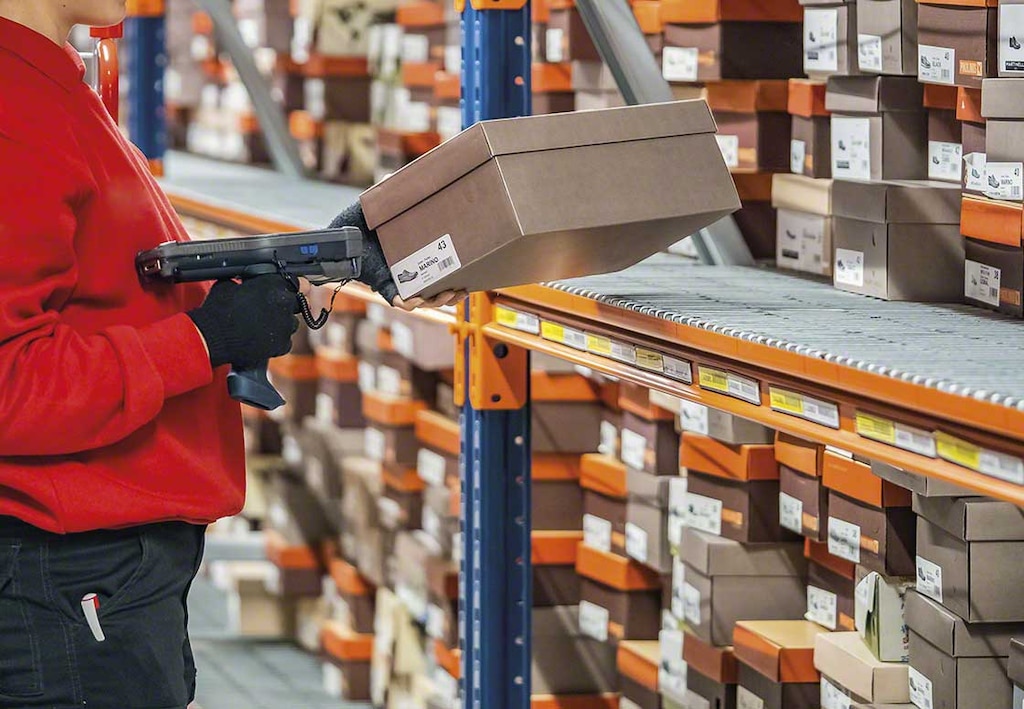
Unified commerce: The new imperative for retailers
A goal of most retailers today is to offer a personal and omnichannel experience to customers when they decide to shop. But what happens when multi-channel and omnichannel processes become disjointed? Today’s customers are looking for a consistent experience across channels. Oftentimes this can be difficult for retailers as many consumers believe their retail experiences are not as seamless as they should be across channels. The latest strategy to combat this issue is unified commerce.
What is unified commerce?
Unified commerce is the evolution of omnichannel retail. It aims to guarantee smoother communication between companies and their customers by unifying management of the business’s different sales channels.
According to retail consulting firm Boston Retail Partners (BRP), “unified commerce goes beyond omnichannel, putting the customer experience first, breaking down the walls between internal channel silos and leveraging a single commerce platform. The idea of a single, centralized, real-time platform for all customer engagement points is a key tenet of unified commerce. A unified commerce platform is not simply the future in-store or web platform, but combines point-of-sale, mobile, Web and call center into one single integrated platform. It has become the new retail imperative.”
Unified commerce allows organizations to:
- Collect data generated during the purchasing process, regardless of channel.
- View in real time all information on stock, regardless of its location.
- Be equipped with comprehensive KPIs, which help to easily identify errors and inefficiencies across the entire sales process, whether online, offline, or both.
- Provide better service, as the customer can always choose how to communicate with the company, how to contact customer service, where to pick up his/her packages, and how to return an order.
Unified commerce vs omnichannel
This interconnectivity is what separates unified commerce platforms from omnichannel processes with disparate systems. With omnichannel, retailers often have individual systems for each channel. Unified commerce, on the other hand, enables merchants to share real-time data across the business and its systems.

Cloud-based unified commerce platforms can, for example, allow customers to see current prices and inventory availability at all times from their mobile devices. From a retailer standpoint, by using a unified commerce platform, merchants are able to update inventory quantities across channels in real-time when selling on multiple channels. Retailers can use this information to determine staffing levels, the cost of goods and the stocking of stores and distribution centers.
These are not the only advantages of a unified commerce platform. The integration of systems may also help retailers to avoid costly mistakes that can occur when using separate systems. This can keep retailers from selling an item that is not in stock, for example. In addition, unified commerce makes it easier for retailers to provide options to consumers, such as purchasing online and then picking up or returning merchandise at a store. This can, in turn, help to increase sales and attract new customers. A unified commerce platform also can make business processes like order fulfillment more efficient.
Ultimately, both omnichannel and unified commerce put the customer at the center of the business relationship. However, while omnichannel looks to unite all channels of communication with the customer to improve customer service, unified commerce goes a step beyond, centralizing management to enhance the shopping experience.
Challenges of adopting a unified commerce strategy
While unified commerce comes with these many advantages, retailers have been slow to adopt the platform. Only 18% of the retailers surveyed in BRP’s 2016 POS Survey indicate they have implemented a unified commerce/single commerce platform, and two-thirds of those companies indicated that it “needs improvement.”
So, what are the challenges? For one thing, retailers are still using legacy technology and separate systems developed for each channel. According to a BRP report, “retailers often had separate inventories and systems for order management, customer relationship management (CRM) and merchandising for each channel. This model has been perpetuated and many retailers now have disparate technology and duplicated cost structures at almost every customer touch point.” Installing new infrastructure to adopt a unified commerce platform also will take time and a great deal of capital, which may also cause some retailers to balk.
The good news, however, is that by the end of 2020, 81% of retailers say they will use unified commerce platforms, to support commerce across the business’s stores, mobile users and the web, according to the BRP survey. This is also good news for consumers, as it will allow retailers to provide personalized products and services and enhanced customer service. For their part, retailers should benefit from increased sales by providing a better customer experience as well as decreased expenses by adopting a more simplified technology infrastructure, according to BRP. For example, “current technologies allow for real-time integration and a dynamic systems architecture supporting the on-demand services expected by today’s customers,” BRP’s report states.

Software solutions for unified commerce
A warehouse management system such as Easy WMS from Interlake Mecalux can coordinate with any unified commerce platform to make the customer purchasing experience better. The program includes multiple advanced functionalities to facilitate ecommerce order management, the storage and management of orders in boxes, and the internal supply of goods between the company’s various warehouses and physical stores.
Modules such as Store Fulfillment, WMS for Ecommerce, and Marketplaces & Ecommerce Platforms Integration ensure enhanced interaction with the user as well as efficient logistics service. These advanced software apps are designed to eliminate inefficiencies stemming from ecommerce order management. For example, they optimize pick paths, order consolidation and the syncing of stock between the warehouse and the business’s various points of sale.
These solutions make a retailer’s warehouse more competitive and ready to deal with the distribution of products sold online. They aid high-growth companies and those that need to keep pace with changing circumstances, such as retailers adopting a unified commerce platform.
Unified commerce: all channels integrated in a single platform
The software solutions above go hand-in-hand with the technology that exists for unified commerce, which can provide real-time customer data, e.g., product preferences and previous purchases. Unified commerce technology also can offer real-time visibility to customer, product, price, inventory, and order information across all channels. By using such data, retailers will be able to better gauge consumer demand, which can make their supply chains more efficient.
As we can see, the advantages of a unified commerce platform are multifold, and many retailers are seriously considering implementing this strategy in the near future — if they haven’t already. As BRP concludes in its report: “A unified commerce platform is the new imperative for handling orders, fulfillment and inventory across channels in real-time.” And with Interlake Mecalux’s Easy WMS software for the retail sector, merchants are better able to fulfill this new imperative.
